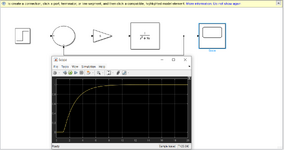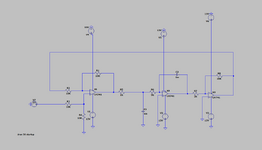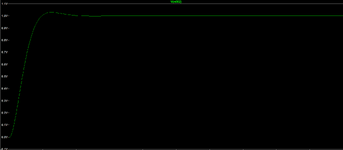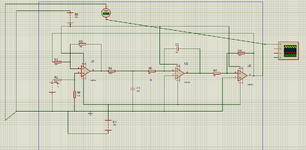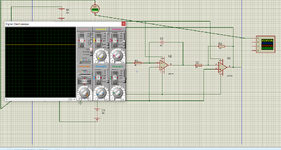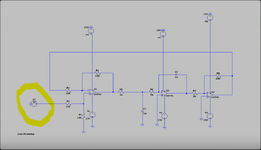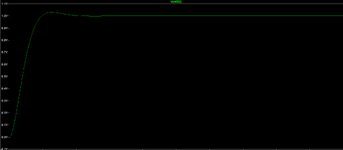ahmetkara4635
Newbie level 5
First of all, hello. I want your help with an assignment. The assignment given to me for the control systems course is to design a lead compensator. For this, I first need to design the circuit of the plant given to me. My plant is 5/s*(s+9).
For this, I first took my simulink output. Then, I tried to implement this circuit with an integrator, a low pass filter and a differential receiver opamp. While my circuit works in LTspice it doesn't work in reality and Proteus. Can you tell me if I missed a point or something I should pay attention to while implementing my circuit?
Below are my outputs.
For this, I first took my simulink output. Then, I tried to implement this circuit with an integrator, a low pass filter and a differential receiver opamp. While my circuit works in LTspice it doesn't work in reality and Proteus. Can you tell me if I missed a point or something I should pay attention to while implementing my circuit?
Below are my outputs.
